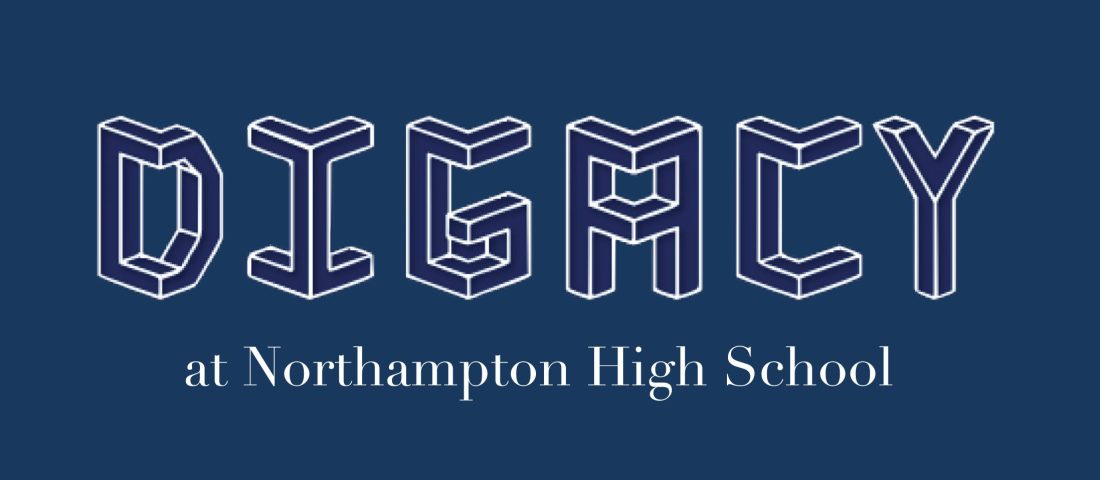
In a blog, software engineer and net entrepreneur Nartey Ephraim says that the classroom ‘isn’t just a room full of desks and books’. He comments that it is also ‘an online community and a place where students can receive support from their peers and teachers.’ Indeed, schools are moving ever more rapidly towards the wider use of educational technology (or EdTech) to support learning. This is both to deliver content in more experimental and/or adaptive formats, and also to allow students and teachers to connect with each other within and beyond the constraints of the traditional dusty classroom ‘box’. But how do we go about making sure we are using technology in the best possible way to build the kind of classrooms that are fit for the modern world?
EdTech comes with some clear benefits. It allows teachers to develop themes before lessons start, so students can engage with topic information in advance. It encourages and supports shared working and, arguably most importantly of all, it enhances the way feedback and pupil/teacher dialogue can take place. Done well, all of this leads to continual improvement in skills and understanding, and ‘learning without limits’, a golden principle in the High School’s educational philosophy.
We refer to all things digital in school under the banner of Digacy. This programme works from the core principles of digital literacy, including online awareness, computational thinking and the creation of content, to ensure that pupils have the adaptability they will need in the future. You can read more about the programme on our website here. To support this, we use shared platforms in school, Firefly and Google Classroom, which allow us to offer seamless learning approaches, ensuring all pupils have the resources they need and access to their teachers’ expert advice, at home as well as at school.
Our access to the GDST is hugely beneficial as we move forward on our digital journey. We benefit from the support of a dedicated Consultant Teacher for Digital Innovation, Fee Kempton, based at Norwich High School. She works across the Trust, encouraging teachers to develop their skills via Google courses and building awareness of the ways technology can improve teaching and learning. Furthermore, through GDST-led research we retain a laser-like focus on the wider issues that link to technology, specifically the future skills that pupils will need to be successful. In the recent GDST Girls’ Futures Report, girls speak about how they want to be armed with practical tools for the future, knowing that they require the skills to navigate social media, with the ability to tell fact from fiction. They also want roles that make a difference to society and the environment, whilst allowing for family life to flourish.
At its best, EdTech supports these ambitions because it facilitates truly transformational approaches to teaching and learning. By this I mean approaches that cannot be replicated by traditional means, perhaps most significantly, the increased and varied opportunities for collaboration and innovation in the form of apps and software. Indeed, since we introduced the 1-to-1 device policy in 2020, we have expanded the range of additional software that teachers and pupils can use through the Google platform exponentially.
A recent survey of our teachers showed the huge range of applications and platforms in use. These range from the standard Google products for day-to-day sharing and collaboration, through to Mote, software for giving verbal feedback to pupils via Google, to Kahoot, Quizizz, Seneca and Quizlet, which are apps that support rapid understanding checks to take place. Beyond this, teachers reported using applications and add-ons like Language Gym, Sibelius, Times Table Rockstars, Dr Frost, My Maths, Khan Academy, EdPuzzle, EdShed, and many others. Traditional textbooks, too, are gradually being replaced by elements such as AQA/Pearson eTextbooks, Kaboodle, Purple Mash and the Everlearner.
As a result of continued support and training, teacher confidence in using technology has improved markedly since the introduction of 1-to-1 devices and Google Classroom. The graphic below shows teacher responses on a number of areas, with the wider the band the higher the perceived importance, confidence or regularity of use etc. of the element in question. Teachers are very confident in using Google Classroom and Google Apps, and classroom use of EdTech generally is very strong across nearly all areas of the school. Junior school use of Google Classroom is generally restricted to the older year groups and we naturally retain a high degree of importance on handwriting and other more analogue approaches as pupils develop core motor skills.

Why is it important to find out how teachers feel about EdTech? Well, if educational research has proven anything in the last half century, it is that good teachers are the most important factor in improving outcomes for pupils. Bill Gates agrees, saying ‘technology is just a tool. In terms of getting the kids working together and motivating them, the teacher is most important.’ It is simply not enough to believe in the value of technology to improve the learning environment. To support their pupils properly, schools nowadays have to be both teacher and tech friendly: in Ephraim’s words, the classroom should not feel distant and isolating, ‘it should feel like home’.
Mr Rickman
Deputy Head Academic
References:
https://adiutor.co/blog/lessons-learnt-if-we-teach-today-as-we-taught-yesterday/ Accessed 28/1/2023
Hattie John (2003) Teachers Make a Difference – What is the research evidence? University of Auckland, Australian Council for Educational Research, October 2003
Gates Bill, Quoted in the Independent on Sunday, 12 October 1997